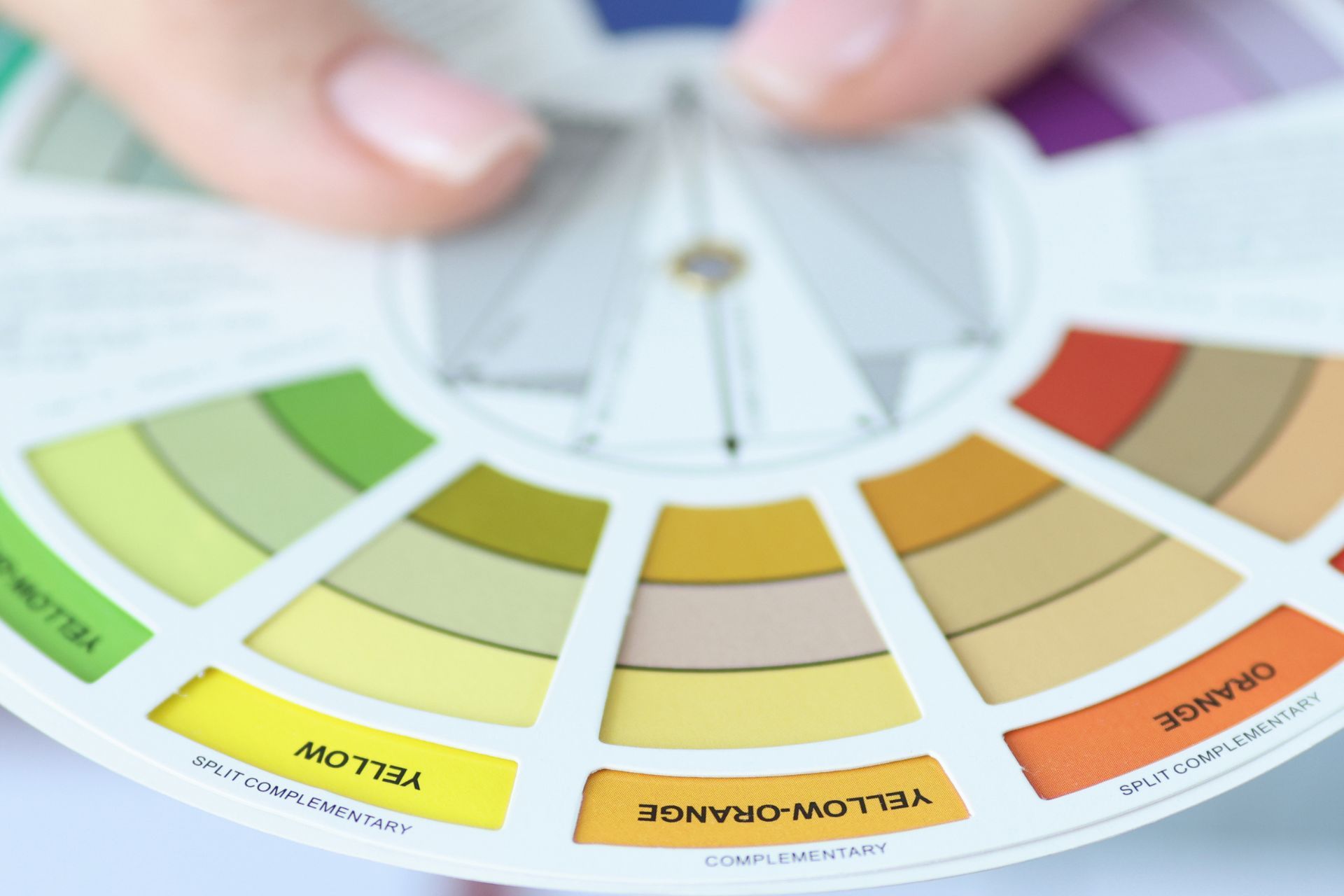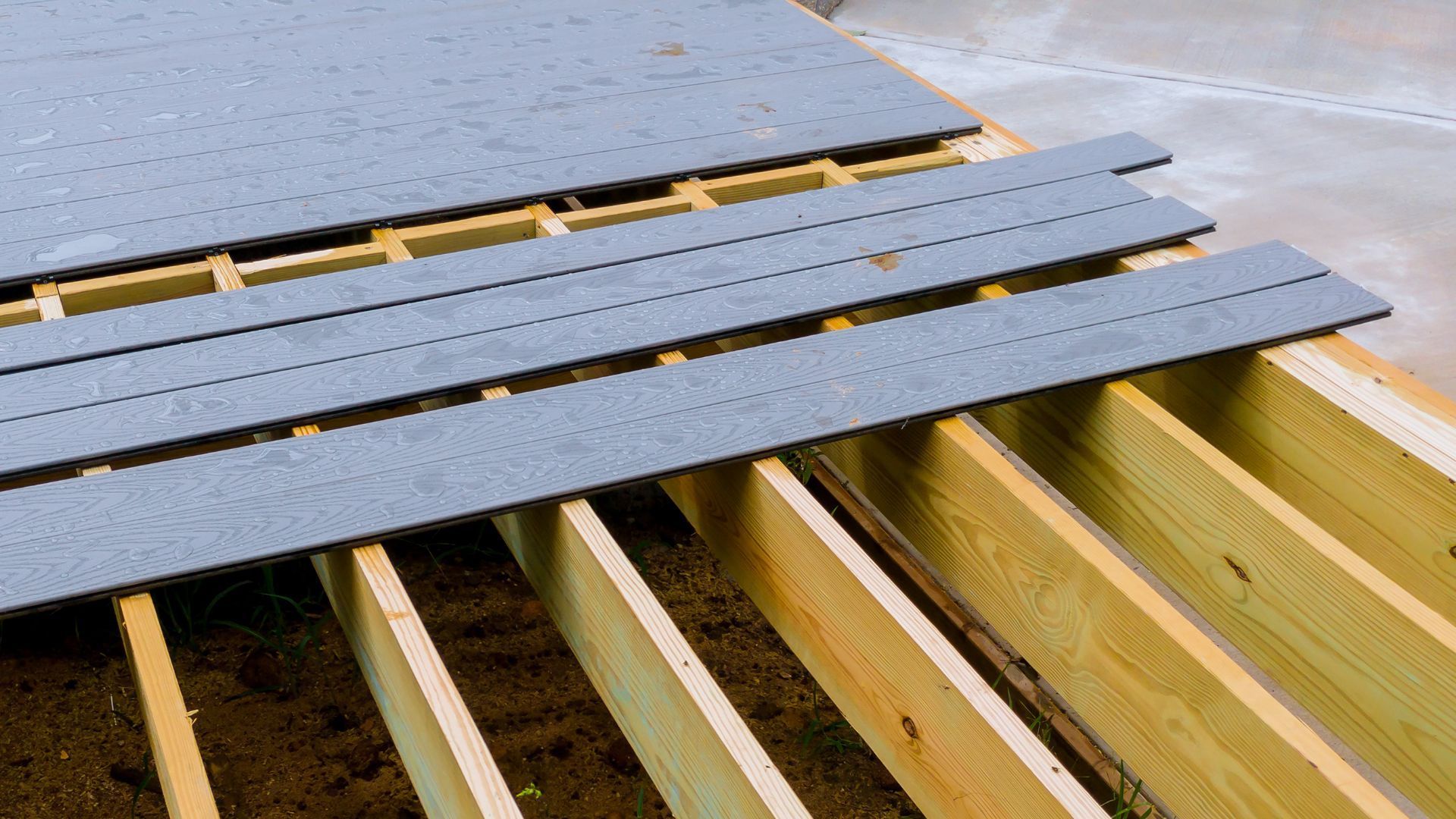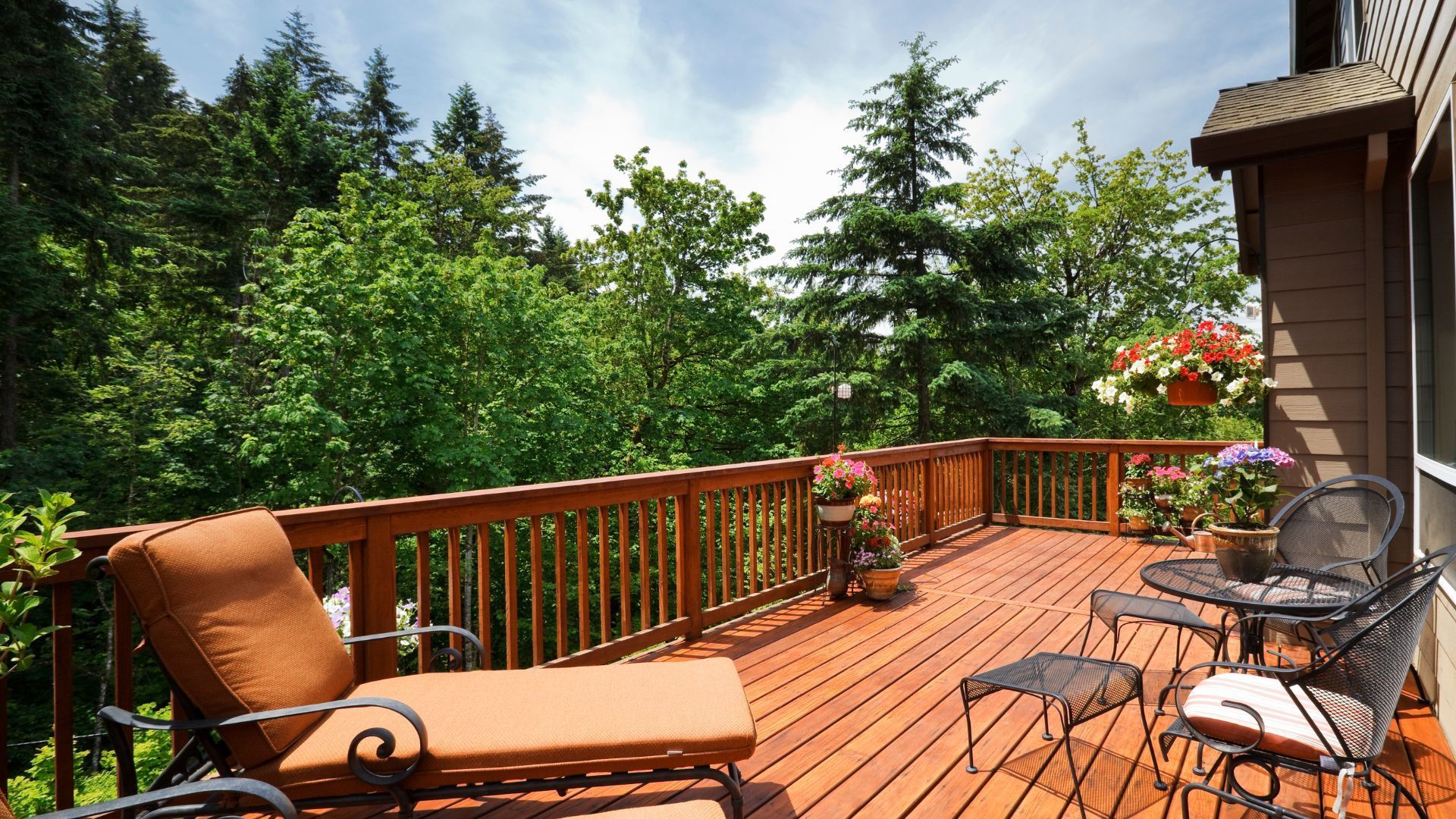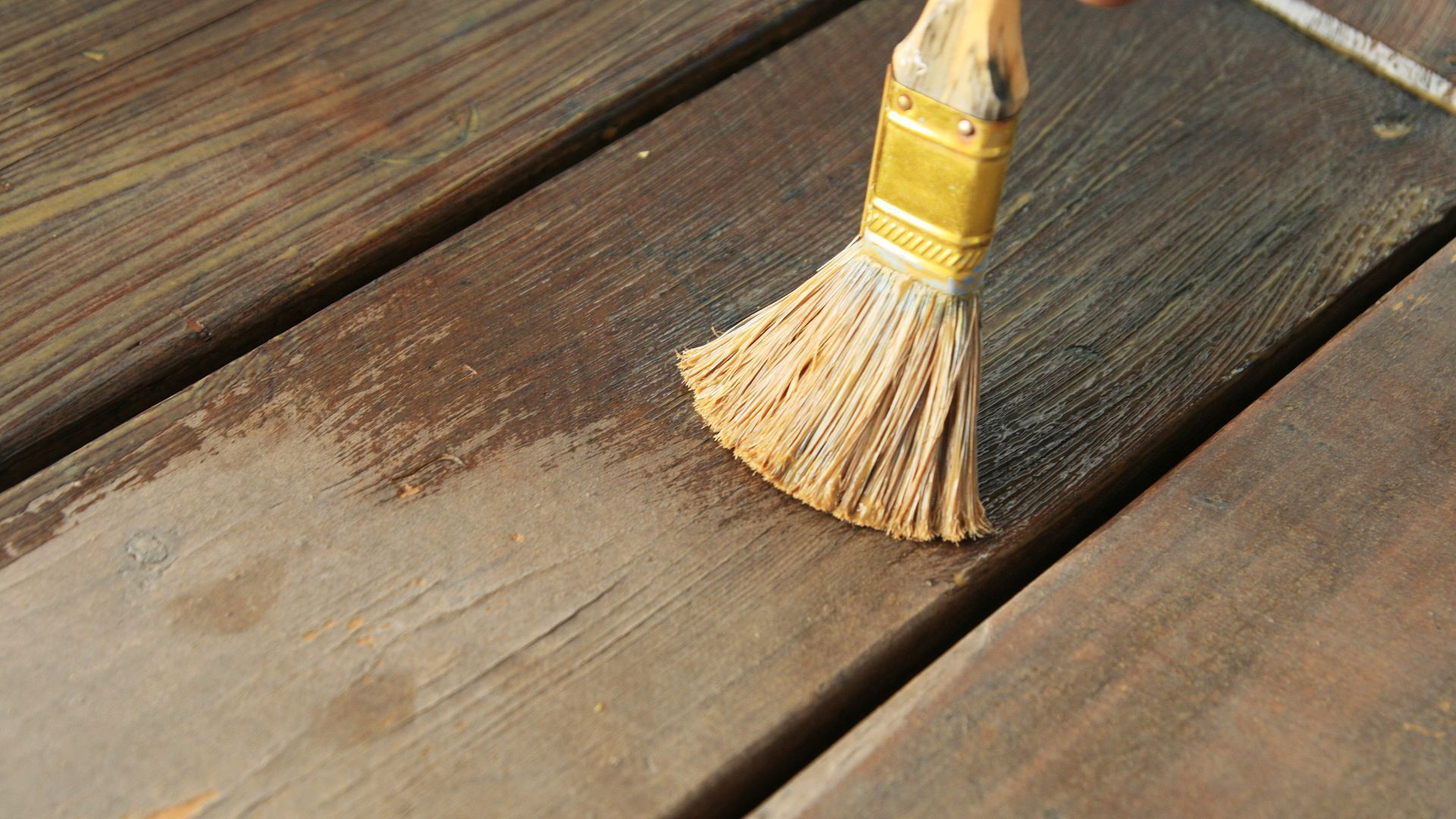Choosing the Right Color Scheme for Your Deck: Tips for Visual Harmony
In the vibrant landscapes of Henderson, NV, your deck is not just an extension of your home but a statement of style and comfort. Selecting the perfect color scheme for your deck is crucial in creating an inviting outdoor space that reflects your personal taste while harmonizing with your home’s exterior and the surrounding desert beauty. At Desert Dream Decks, we understand the importance of color in deck design and offer expert guidance to help you make the best choice. Here are essential tips for choosing a color scheme that ensures your deck looks stunning and feels welcoming.

Consider Your Home’s Exterior
Integrate with Architecture: The color of your deck should complement your home’s exterior colors, including siding, doors, and trim. A deck that looks like a natural extension of your home creates a cohesive aesthetic.
Contrast or Match: Decide whether you want your deck to subtly blend with your home's color palette or make a statement with a contrasting color. Both approaches can be visually appealing when executed correctly.
Understand the Impact of Color
Cool vs. Warm Tones: Warm tones, like browns and reds, create a cozy, inviting atmosphere, ideal for areas with cooler climates or shaded decks. Cool tones, such as grays and blues, offer a serene, refreshing vibe, perfect for sun-drenched spaces in Henderson.
Light vs. Dark Colors: Light colors can make your deck appear larger and reflect more heat, making them suitable for sunny areas. Dark colors, while absorbing more heat, can hide wear and stains better and add a touch of elegance.
Draw Inspiration from the Landscape
Natural Surroundings: Look to the natural beauty of the Nevada landscape for inspiration. Earth tones and natural wood colors can harmonize with the desert backdrop, enhancing the connection between your outdoor living space and the natural environment.
Accent Colors: Consider using bold accent colors for railings, trim, or deck furniture to add vibrancy and personality to your deck. These accents can be drawn from desert flowers, the sunset, or other natural elements unique to Henderson.
Factor in Maintenance and Longevity
Durability of Colors: Some colors may fade more quickly than others due to sun exposure. High-quality, UV-protected materials can help maintain the color’s vibrancy over time.
Ease of Maintenance: Lighter colors might show dirt and stains more readily, whereas darker colors can conceal them. However, extremely dark colors may require more frequent cooling measures in sunny areas.
Test Before You Commit
Sample in Natural Light: Before making a final decision, obtain samples of your chosen materials and colors. Observe how they look in natural light at different times of the day and in various weather conditions.
Consult with Professionals
Expert Advice: Deck design experts at Desert Dream Decks can provide valuable insights into the latest trends, durable materials, and color schemes that work well in Henderson’s climate and aesthetic.
Conclusion
Choosing the right color scheme for your deck involves balancing aesthetic preferences with practical considerations such as climate, maintenance, and the overall design of your home and landscape. With thoughtful selection and expert guidance from Desert Dream Decks, you can create an outdoor space that is not only beautiful and harmonious but also a true reflection of your personal style and a haven for relaxation and entertainment.
How often will I need to re-stain or repaint my deck to maintain the color?
The frequency depends on the material, color, and exposure to elements. Generally, staining is recommended every 2-3 years, while high-quality paint can last longer.
Can the color of my deck affect its temperature?
Yes, darker colors absorb more heat, which can make the deck surface warmer to the touch, whereas lighter colors reflect heat, keeping the deck cooler.
Are there colors that can make my small deck appear larger?
Lighter colors and neutrals can make small spaces appear larger and more open. Using a similar color for the deck and the house can also create a seamless extension, enhancing the sense of space.
How do I choose a deck color that won’t quickly go out of style?
Opt for classic, neutral colors that complement a wide range of design styles. Earth tones, grays, and natural wood finishes are timeless choices that adapt well to changing trends.
Is it possible to change the color of my composite decking later on?
Composite decking is designed for low maintenance and durability, including its color. While painting is technically possible, it's not recommended due to the complexity and potential impact on the material's properties.




